🌟 The Rise and Revolution of Keurig
Before the 1990s, making coffee was either a commitment to brewing an entire pot or a trip to the café. There was no in-between.
This all began to change in 1992 when Keurig, a Massachusetts-based startup, launched its single-serve brewing system.
Keurig started as a solution to office coffee waste, promising fresh, single-serve cups brewed in seconds.
What began as a niche product soon grew into a household staple, with over 42M machines sold and billions of K-Cups brewed each year.
Keurig didn’t just introduce a new way to make coffee; it revolutionized how people consume it. Wanna know how they did it?
Here’s what we got for ya:
☕ The Invention That Brewed a Movement
📈 How Keurig Conquered the Market
🔮 What’s Brewing in Keurig’s Future
Read time: 4 min 30 sec

☕ The Invention That Brewed a Movement
The idea for Keurig was born from frustration.
John Sylvan noticed that offices wasted pots of coffee because workers brewed more than they needed.
John envisioned a machine that could brew a single cup of coffee quickly and efficiently, eliminating waste and providing fresh coffee every time.
After teaming up with Peter Dragone, the duo spent years developing a prototype. The first Keurig machines, launched in 1998, were bulky, expensive, and designed specifically for office use.
But Keurig’s concept was revolutionary: small, pre-portioned pods (now known as K-Cups) sealed for freshness and brewed one cup at a time. Early adopters loved the convenience, and word spread.
By focusing on convenience over price, Keurig disrupted the traditional coffee market. It wasn’t just about brewing coffee—it was about changing how coffee was consumed.

We’re excited to welcome back one of our most popular sponsors! Their free guide on how to use AI at work was a standout hit last week, so we’re sharing it again.
Be sure to grab your copy if you haven't already. We especially love their tips on scheduling meetings (#12), data analytics (#37) and employee training (#62.)
Unlock the full potential of your workday with cutting-edge AI strategies and actionable insights, empowering you to achieve unparalleled excellence in the future of work. Download the free guide today!

📈 How Keurig Conquered the Market
Keurig’s journey to becoming a household name wasn’t without its challenges. Convincing people to switch from traditional coffee pots to single-serve machines required a strategic approach.
#1: The Razor-and-Blade Model
Keurig adopted a business strategy similar to razor companies: sell the machine at a low margin (or even at a loss) and make profits from the consumables—in this case, K-Cups.
By locking in exclusive partnerships with major coffee brands like Green Mountain, Starbucks, and Dunkin’, Keurig created an ecosystem where customers kept coming back for their pods.
This model proved wildly successful, with K-Cups now accounting for the majority of Keurig’s revenue.
#2: Targeting the Home Market
Keurig’s real breakthrough came in 2004 when it launched models for home use. The convenience of brewing a single cup of coffee at home appealed to busy households, students, and anyone tired of wasting coffee.
The company marketed Keurig machines as lifestyle products, emphasizing speed, variety, and simplicity. They even introduced flavored and specialty coffee options to cater to a broader audience.
#3: A Diverse Portfolio
Keurig didn’t stop at coffee. The company expanded its offerings to include tea, hot chocolate, and even cold beverages. This diversification helped them reach non-coffee drinkers and further solidified their position as a leader in single-serve brewing.

🔮 Challenges Brewing in Keurig’s Future
While Keurig remains a dominant force in the coffee industry, it faces growing challenges that could impact its future.
Let’s take a look:
#1: Environmental Concerns
By the mid-2010s, Keurig faced criticism for the environmental impact of its K-Cups. Billions of non-recyclable pods were ending up in landfills, prompting backlash from consumers and environmental groups.
In response, Keurig introduced recyclable K-Cups in 2017 and pledged to make all pods recyclable by 2025. While these efforts have improved the company’s sustainability image, they haven’t entirely quelled criticism.
#2: Expiring Patents and Rising Competition
Keurig’s patents on K-Cup designs expired in 2012, opening the door for competitors to create cheaper, compatible pods. Brands like Nespresso, as well as generic pod makers, have since chipped away at Keurig’s market share.
#3: Shifting Consumer Preferences
As the craft coffee movement grows, more consumers are seeking high-quality, freshly brewed coffee.
Alternatives like pour-over methods, French presses, and cold brew systems appeal to coffee enthusiasts who prioritize flavor over convenience.
Keurig has attempted to address this with innovations like the Keurig K-Supreme Plus Smart, which allows users to customize brew strength and temperature. However, capturing the craft coffee crowd remains a challenge.
#4: Limited Global Appeal
Despite its success in North America, Keurig has struggled to gain a foothold internationally. In Europe, where espresso-based drinks dominate, Nespresso remains the go-to brand for single-serve brewing. In Asia, tea overpowers coffee consumption.
Keurig’s American-centric branding and products have limited its ability to adapt to diverse global markets.

We keep case studies entertaining; they do the same for business news. If you’re into smart, engaging reads, Morning Brew’s got you covered.
This isn’t traditional business news
Welcome to Morning Brew—the free newsletter designed to keep you in the know on the business news impacting your career, company, and life—in a way you didn’t know you needed.
Note: this isn’t traditional business news. Morning Brew’s approach cuts through the noise and bore of classic business media, opting for short writeups, witty jokes, and above all—presenting the facts.
Save time, actually enjoy business news, and join over 4 million professionals reading daily.


